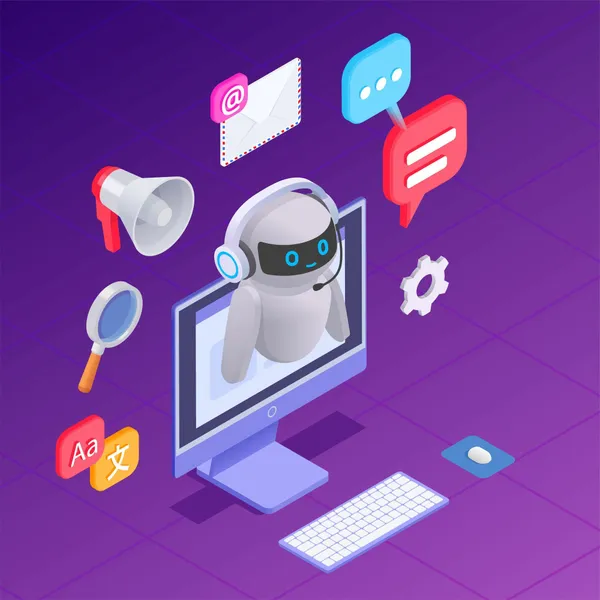Chatbots are tools that are becoming increasingly popular in the world of online marketing. Their use on a website can bring many benefits, such as improving customer service, increasing sales and revenues, and saving costs. A properly designed and implemented chatbot can become an effective support for business, helping to automate processes, generate leads, and build positive relationships with customers.
In this article, I will discuss what chatbots are, how they work, and what advantages and potential limitations are associated with their use on a website. I will also present practical applications of chatbots in various industries and suggest how to effectively implement a chatbot on a website to maximize its potential. Thanks to this article, you will learn how a chatbot can help your company achieve its business goals and improve user experience on a website.
What are chatbots and how do they work?
Chatbots are computer programs that use artificial intelligence (AI) and natural language processing (NLP) to conduct conversations with users in a manner similar to human conversation. Their main task is to understand the user's intentions and provide an appropriate response or perform a specific action.
A Brief History of Chatbots
The idea of chatbots dates back to the 1960s, when the ELIZA program was created, simulating a conversation with a psychotherapist. However, the real boom of chatbots came with the development of artificial intelligence and machine learning. The breakthrough was the introduction of the Messenger platform for bots by Facebook in 2016, which opened up new possibilities for brands and businesses.
How do modern chatbots function?
Modern chatbots are based on advanced machine learning algorithms that allow them to better understand natural language and the context of the conversation. Thanks to this, they are able to conduct more complex conversations and solve user problems.
Modern chatbots can also integrate with various systems and tools, such as databases, CRM systems, and e-commerce platforms, which allows them to access a wide range of information and perform more complex tasks.
What are the benefits of using chatbots on a website?
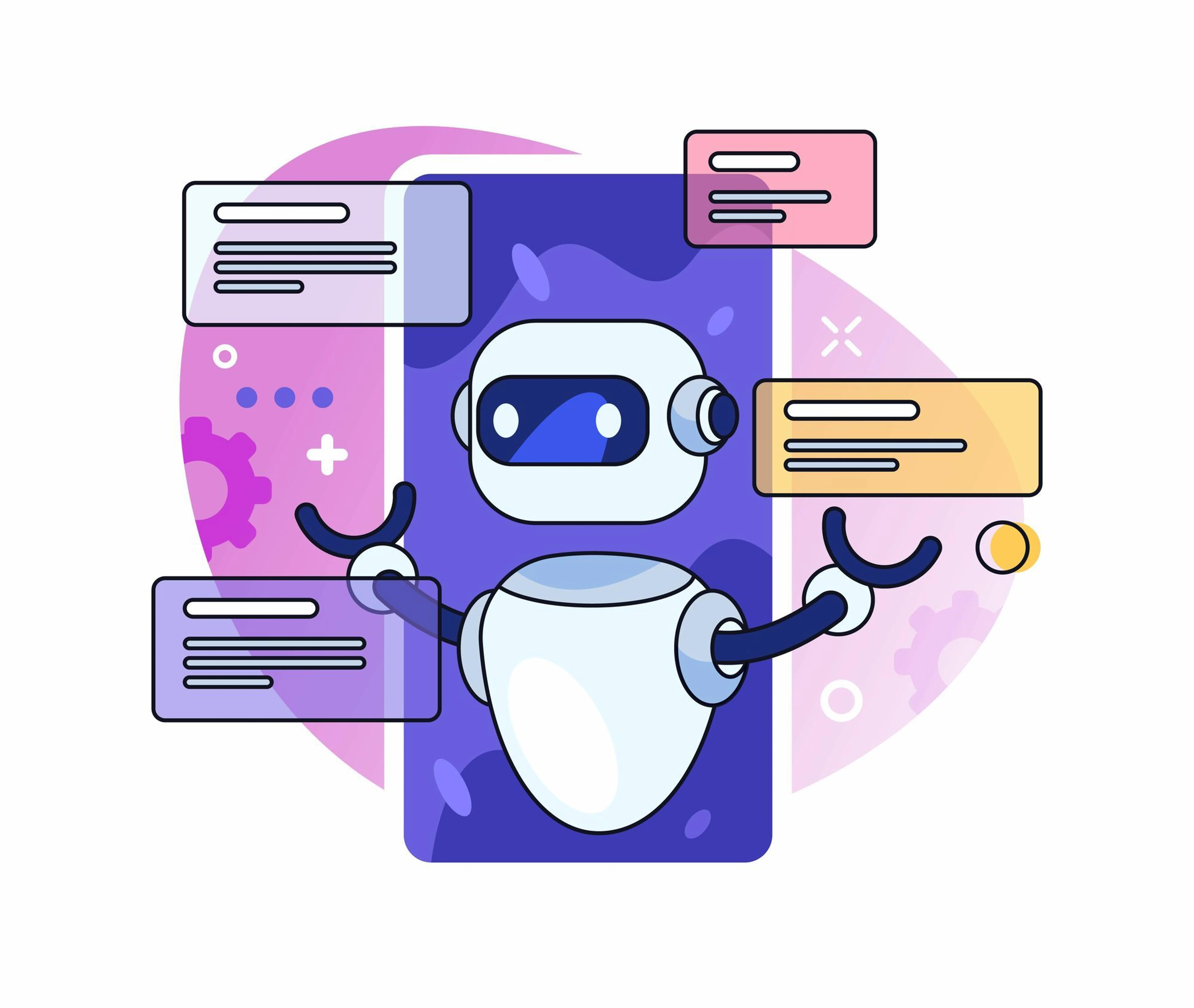
Improving customer service
One of the main benefits of chatbots is the significant improvement in customer service. Chatbots are available 24/7, which means that your customers can get immediate help at any time of the day or night. Bots can quickly answer frequently asked questions, help with site navigation, or guide users through the purchasing process. This makes customers feel more appreciated and increases their satisfaction with their interactions with your brand.
Increased sales and revenues
Chatbots can also help increase your company's sales and revenue. Bots can effectively advise customers, recommend products or services based on their preferences, and encourage them to complete a transaction. Chatbots can also easily inform users about current promotions, discounts, or new offers, which can encourage them to make a purchase.
Cost savings
Implementing a chatbot on your website is also a way to save costs. A chatbot can handle many customers at the same time, which reduces the need to hire additional customer service staff. Bots can solve simple problems and answer repetitive questions on their own, thus relieving the customer service team. This allows for cost optimization and more efficient use of human resources in the company.
Chatbots also save time - both for customers, who get the information they need faster, and for employees, who can focus on more complex tasks. All this translates into tangible financial benefits for your company.
What are the potential limitations of chatbots and how to avoid them?
No human contact
One of the potential limitations of chatbots is their inability to handle more complex cases that go beyond the programmed scenarios. That’s why it’s so important to always provide users with the option of contacting a live consultant.
For example, imagine that you run an online electronics store. A customer may have a detailed question about hardware compatibility that a chatbot won’t be able to answer. In such a situation, transferring the conversation to a consultant will provide the customer with full support and help them make a purchase decision.
Integration with other tools
For a chatbot to work effectively, it must be integrated with other tools and systems used in your company. Lack of proper integration can lead to limited functionality and errors in the chatbot's operation.
If you run an online store, your chatbot should have access to information about product availability, order processing time, and shipment status. Without integration with a warehouse management system or courier company, the bot will not be able to provide customers with comprehensive answers, which can negatively affect their shopping experience.
So, to avoid the potential limitations of chatbots, remember to provide the option of human contact, conduct thorough customer needs research, and properly integrate with other tools. This will ensure that your chatbot works efficiently and effectively, providing users with high-quality service.
Practical applications of chatbots in various industries
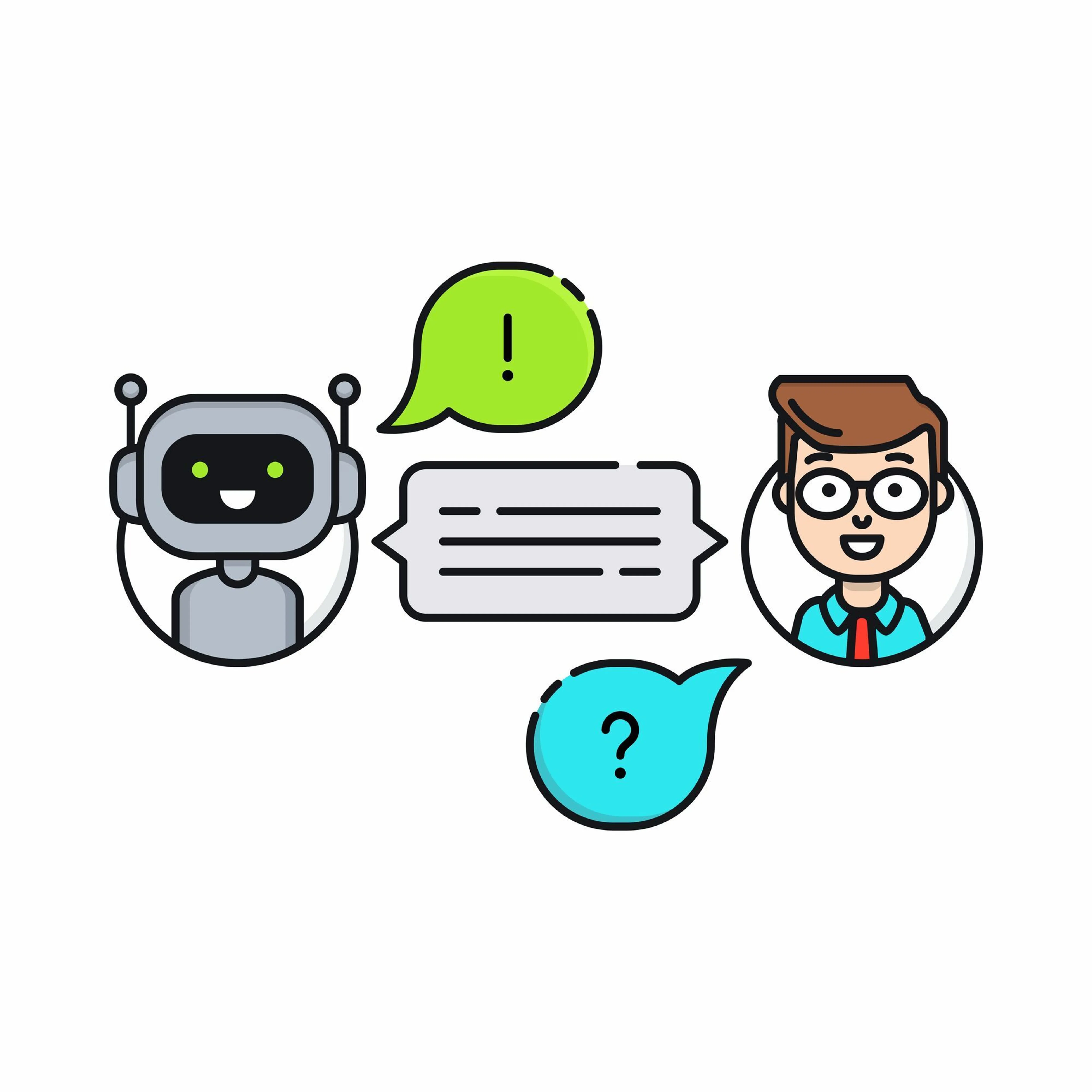
Chatbots in legal services
Chatbots can also be incredibly useful in the legal services industry. Imagine that you need legal help but don't know where to start. A chatbot on a law firm's website can help you find the right specialist, provide initial information about your legal problem, or even arrange a consultation with a lawyer.
Such a bot can also provide basic information about the law, court procedures, or required documents, making it easier for clients to understand their legal situation and take the right steps.
If you are planning to buy a property and need legal advice, a chatbot can guide you through the process by asking questions about the type of property, location, or planned purpose. Based on your answers, the bot will suggest the right specialist in real estate law and help you arrange a meeting. This will save you time and give you the certainty that your case is in the hands of a competent lawyer.
Chatbots for SaaS companies
Software as a Service (SaaS) companies can significantly improve customer service by using chatbots. Imagine you are a user of a project management platform and you need help using one of the features. Instead of browsing the knowledge base or contacting support, you can simply ask a chatbot.
With access to documentation and frequently asked questions, the bot will provide you with guidance and help solve the problem. In the case of more complicated issues, the chatbot can redirect you to the appropriate technical support specialist.
Chatbots in logistics - streamlining processes
In the logistics industry, chatbots can significantly improve processes related to handling shipments. Imagine that you are waiting for an important package and want to check its status. Instead of searching for information on a website or contacting a hotline, all you have to do is ask a chatbot. The bot, having access to the shipment tracking system, will immediately provide you with an answer, saving you time and reducing the stress associated with waiting for the shipment.
Chatbots in education and private schools
Chatbots can also be incredibly helpful in the education and private schooling sectors. Imagine you are a parent looking for information about the educational offer for your child.
A chatbot on a school or university website can help you find the right courses of study, provide information about the recruitment process or fees, and even arrange a meeting with an educational advisor. This will save you time and give you all the information you need in one place.
The use of chatbots in airlines
Airlines are another industry where chatbots are widely used. Imagine that you are planning a trip and want to check the availability of tickets, prices or flight schedules. An airline chatbot can provide you with all this information and even help you book and buy a ticket.
What's more, the bot can also answer questions about luggage, travel documents or security procedures, providing you with comprehensive support at every stage of travel planning.
The Role of Chatbots in Solving Customer Problems
Chatbots are playing an increasingly important role in solving customer problems, providing fast and effective support. With the ability to understand user intent and respond immediately, chatbots are able to efficiently guide customers through the problem-solving process, saving time and reducing frustration.
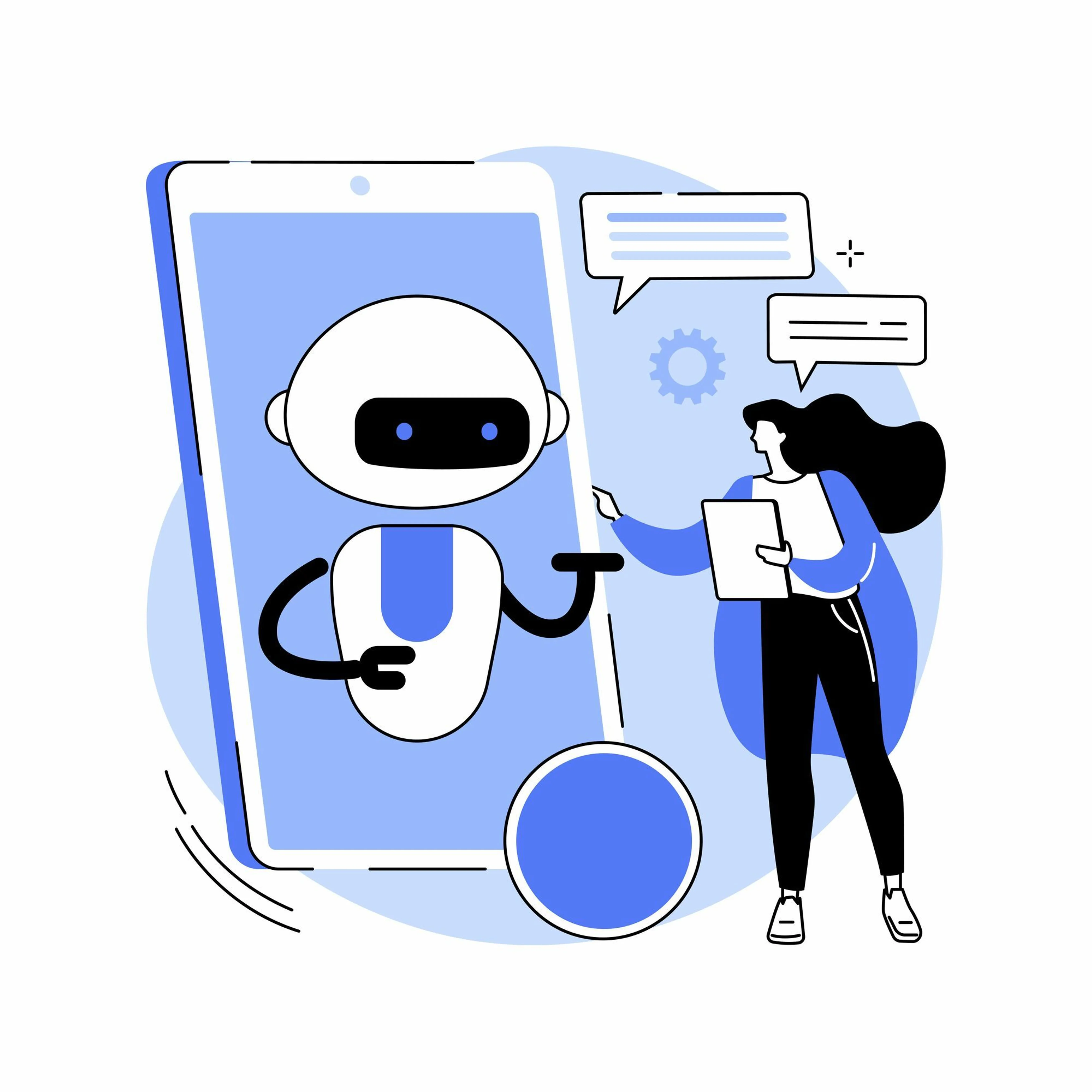
Imagine that you are a customer of an online store and you have a problem with completing an order. Instead of searching for information in the FAQ section or contacting customer service, you can simply describe your problem to a chatbot. Using natural language processing algorithms, the bot will understand your situation and propose an appropriate solution. This could be, for example, checking the status of an order, changing the delivery address or filing a complaint. The chatbot will guide you through the necessary steps, collecting the necessary information and performing actions on your behalf.
Another example could be a situation in which you are a customer of a bank and you have a question about a loan offer. A chatbot on the bank's website can provide you with detailed information about available products, compare offers and advise which loan best suits your needs. The bot can also help you fill out a loan application, check your creditworthiness and forward your application to the appropriate advisor. This will save you time and get the support you need without having to visit a bank branch.
Chatbots are particularly useful in solving repetitive, routine problems, such as changing a password, checking your account balance or updating data. By automating these processes, customers can quickly get the information they need and solve their problems without involving customer service staff. In the case of more complicated issues, the chatbot can redirect the customer to the appropriate specialist, ensuring a smooth transition to the next stage of service.
Chatbots as a Lead Generation Tool
Chatbots are not only an effective customer service tool, but also a powerful tool for generating sales leads. By being able to interact with potential customers in real time, chatbots can help identify and qualify leads, collect contact information and forward it to the sales team.
A potential customer visits your website looking for information about your services. A chatbot can greet them, ask about their needs and interests, and then suggest appropriate solutions. If the potential customer expresses interest, the chatbot can ask for contact information such as name, email address, or phone number. The collected information goes directly to the CRM system, where it is assigned to the appropriate salesperson who can continue the conversation and lead to a sale.
A chatbot on a website can conduct a short survey to identify the needs and challenges of a potential customer. Based on the answers, the bot will suggest appropriate solutions and encourage them to schedule a free consultation with an expert. This will help the company acquire valuable leads that have a high chance of converting into paying customers.
Chatbots can also support lead generation by personalizing communication. Using data collected during interactions with potential customers, a bot can tailor its message to their specific needs and interests. It can send personalized offers, offer free resources (e.g. e-books, webinars), or invite you to upcoming industry events. Such personalized communication increases the engagement of potential customers and builds relationships that can result in sales.
An important advantage of chatbots in lead generation is their 24/7 availability. Potential customers can get the information they need and leave their contact details at any time, regardless of the company's working hours. This prevents the company from losing valuable leads who might be discouraged by the lack of an immediate response.
Practical tips for implementing chatbots on your website
Before you start implementing a chatbot, it’s a good idea to develop a detailed action plan. Such a plan should include the goals you want to achieve with the chatbot, the target group, the functionalities the bot should offer, as well as success metrics and a timeline for implementation.
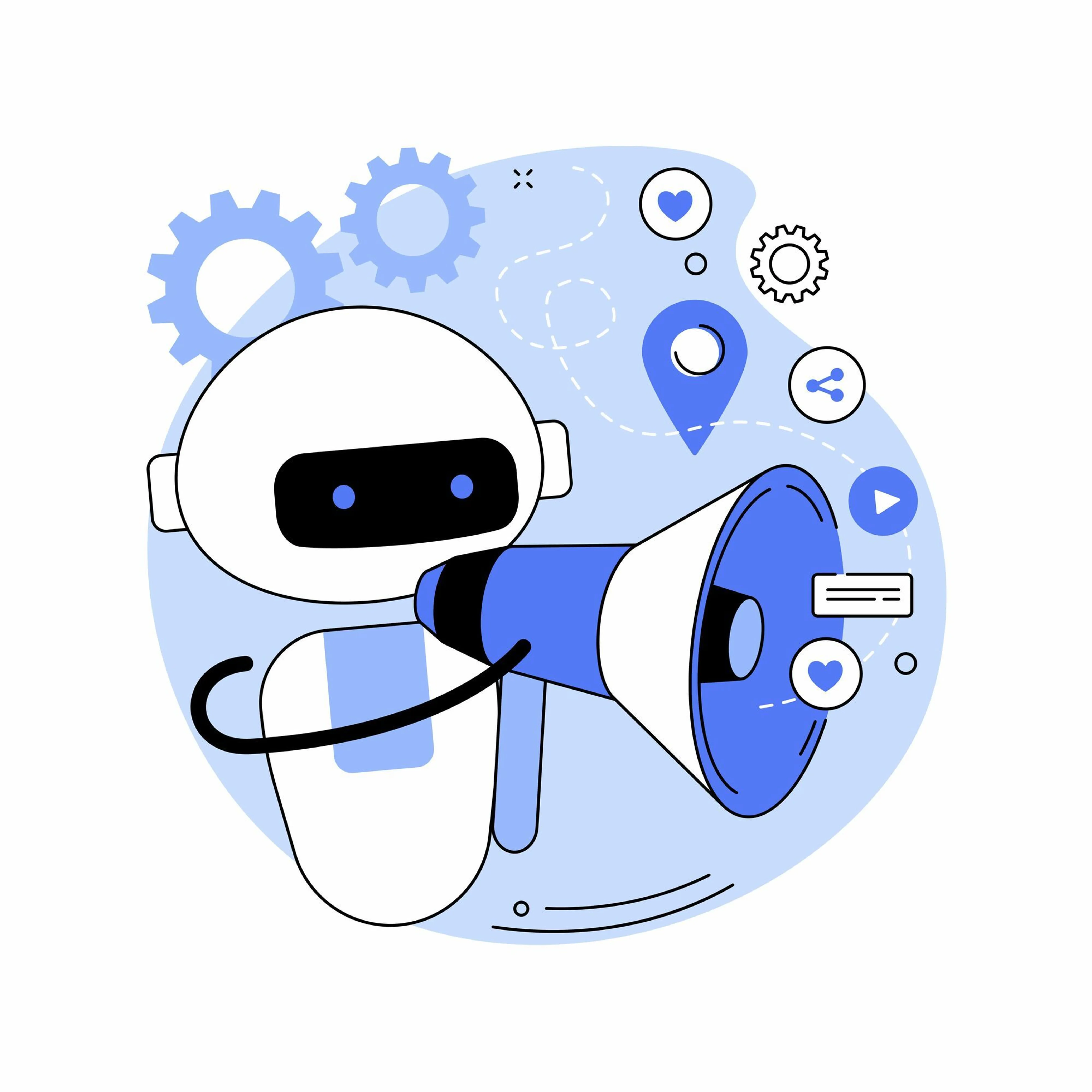
For example, if you run an online store and want to implement a chatbot to improve customer service, your plan might look like this:
- Define your goals: reduce response times to customer inquiries, increase customer satisfaction, and reduce the workload of customer service employees.
- Define your target group: people interested in your store's products who need help with shopping or solving problems.
- Define functionalities: answering frequently asked questions, helping to navigate the store, supporting the ordering process, handling complaints and returns.
- Choose success metrics: response time to customer inquiries, number of inquiries handled, customer satisfaction score (NPS), reduction of customer service costs.
- Develop an implementation schedule: define deadlines for individual stages, such as scenario design, system integration, testing, employee training, and chatbot launch.
Such a plan will allow you to effectively manage your chatbot implementation project and avoid potential pitfalls.
Tips for creating effective chatbots
To make a chatbot an effective tool supporting your business, it is worth following a few key tips:
- Make sure to personalize: the chatbot should communicate with users in a natural way and tailored to their needs. Use user data (e.g. name, interaction history) to personalize communication.
- Ensure a seamless transition to a human: A chatbot should be able to recognize when a user issue requires human intervention and seamlessly transfer the conversation to the appropriate agent.
- Continuously learn and improve: monitor user interactions with your chatbot, analyze their needs and feedback, and then use this data to improve your bot scenarios and functionalities.
- Ensure brand consistency: The chatbot should communicate in a way that is consistent with your brand’s personality and values. Ensure the bot’s tone, style, and image are appropriate.
- Test and optimize: Before implementing a chatbot, conduct thorough tests to ensure that the bot is working correctly and effectively. Continuously monitor its performance and make optimizations based on the collected data.
By following these tips, you will create a chatbot that will be a valuable support for your business and provide positive user experiences.
Summary
Chatbots are a powerful tool that can significantly improve the functioning of your business and improve the customer experience. By automating customer service, generating leads, and streamlining processes, chatbots help save time and resources while providing customers with fast and effective support.
Implementing a chatbot on a website requires proper planning and preparation. It is necessary to define the goals, determine the target group and functionality of the bot, as well as develop success metrics and a timeline for implementation. When creating a chatbot, it is worth taking care of personalization, smooth transition to a conversation with a human, continuous improvement, and consistency with the brand.
Frequently asked questions
How much does it cost to implement a chatbot on a website?
The cost of implementing a chatbot depends on many factors, such as the complexity of the project, the chosen platform, the number of scenarios and integrations. Simple chatbots can cost from several hundred to several thousand zlotys, while more advanced solutions cost several dozen or even several hundred thousand zlotys. It is worth remembering, however, that the investment in a chatbot pays off through savings in customer service and increased revenues.
How long does it take to implement a chatbot?
The time it takes to implement a chatbot also depends on the scale and complexity of the project. Simple chatbots can be implemented in a few days or weeks, while more advanced solutions require several months of work. On average, implementing a chatbot takes from 4 to 12 weeks.
Will chatbots replace humans in customer service?
No, chatbots will not completely replace humans in customer service. Their role is to support and relieve employees by automating repetitive, routine tasks. In the case of more complex issues, chatbots direct customers to the appropriate specialists. Chatbots and customer service agents should work together to provide the best possible customer experience.

Adam Naworski
